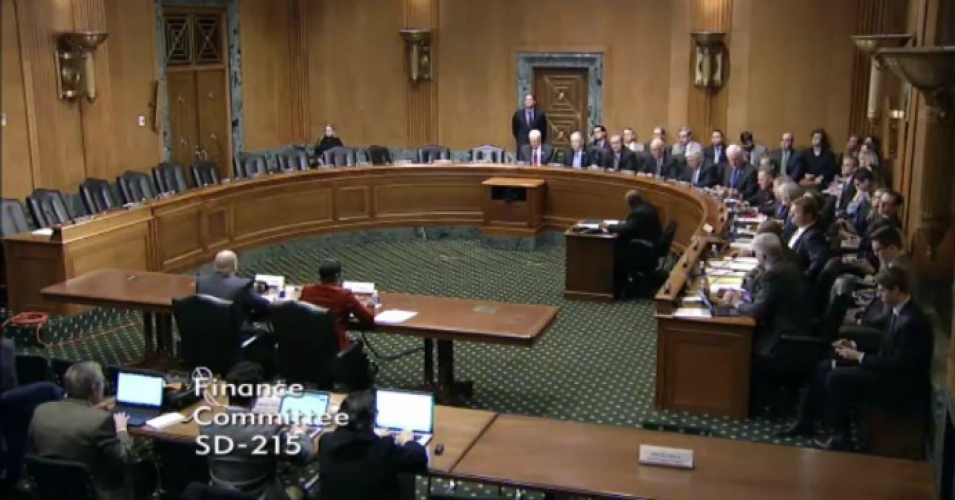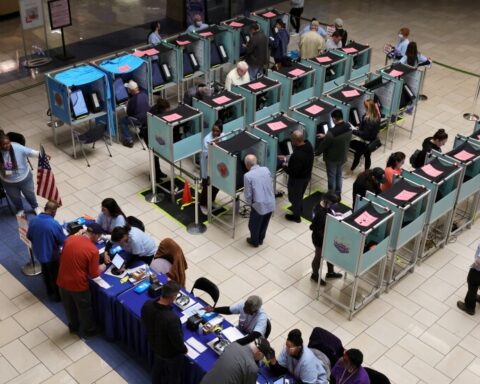The Democratic Senatorial Campaign Committee plans to invest $10 million in voter protection efforts ahead of the 2022 midterm elections, committee operatives told CNN on Tuesday, highlighting the concern top Democrats have about how restrictive voting laws in Republican-controlled states could impact elections.
The new program — named “Defend the Vote” — will be a three-pronged effort that will highlight Republican efforts to suppress the vote, support litigation in key states and fund voter protection organizers on the ground.
The investment by the committee builds on earlier investments by other Democratic organizations. Priorities USA, a top Democratic super PAC, invested $50 million in voting rights work over the last four years and plans to continue the investment into 2022. And the Democratic National Committee has begun embedding operatives focused on voter protection in swing states.
“Republicans have launched an unprecedented campaign to restrict voting rights, but we are fighting back — and the DSCC will use every tool at our disposal to protect Americans’ right to participate in our democracy,” said Sen. Gary Peters of Michigan, chair of the campaign committee.
Peters said the new program “will help ensure Democrats have the legal and battleground infrastructure we need to defend Americans’ voting rights and win races across the country.”
Operatives for the committee said this $10 million investment, which could rise ahead of the midterms, is the earliest multimillion-dollar effort the committee has made in voter protection.
After the GOP lost the White House and control of the Senate as Democrats kept control of the House, Republicans have pushed restrictive voting laws in a series of key states, from Florida to Texas to Georgia to Iowa. Former President Donald Trump has cheered on the efforts, believing that more open voting laws — and baseless claims of voter fraud — sank his reelection chances.
State lawmakers in 14 states had enacted 22 restrictive ballot access laws as of May 14, according to the Brennan Center for Justice, a record since 2011, when 19 laws were enacted by 14 state legislatures.
Those laws could loom large heading into the midterms, and Democrats worry the laws could make their efforts to maintain control more difficult.
With the Senate evenly divided, the fight for the chamber in 2022 is sure to be contentious and closely watched, with each race looming large over the future of President Joe Biden’s administration. Republicans are hopeful, because of the historic trend that the party in power often loses House and Senate seats in the subsequent midterms, that they can take back the legislative body.
Democrats, however, also have some reasons to be hopeful.
Only 14 of the 34 Senate races will be for seats currently held by Democrats. And of the 20 seats that Republicans are tasked with defending, two will be in Pennsylvania and Wisconsin, states that Biden narrowly won in 2020. Pennsylvania will be an open contest, after Republican Sen. Pat Toomey announced he would not seek reelection. Republican. Sen Ron Johnson in Wisconsin has yet to say whether he will seek a third term.
The 2022 Senate map also matches closely with presidential battleground states, with Republicans defending seats in Florida, Ohio, Iowa and North Carolina and Democrats on defense in Georgia and Arizona.
Guy Cecil, the head of Priorities USA and a former top operative at the Democratic Senatorial Campaign Committee, said the voter-protection move was needed as a response to restrictive voting rights legislation that “disproportionately targets voters of color and young voters,” two key voting blocs for Democrats.
“This isn’t just a Southern problem, and it didn’t start with Donald Trump,” Cecil said. “For the last 10 years, conservative legislatures have put up countless roadblocks to voting, and that effort has been supercharged since November.”
He added: “Get-out-the-vote programs only matter if the votes are actually counted, so it’s critical that every Democratic committee invest in voter protection work at the local, state, and federal level.”


